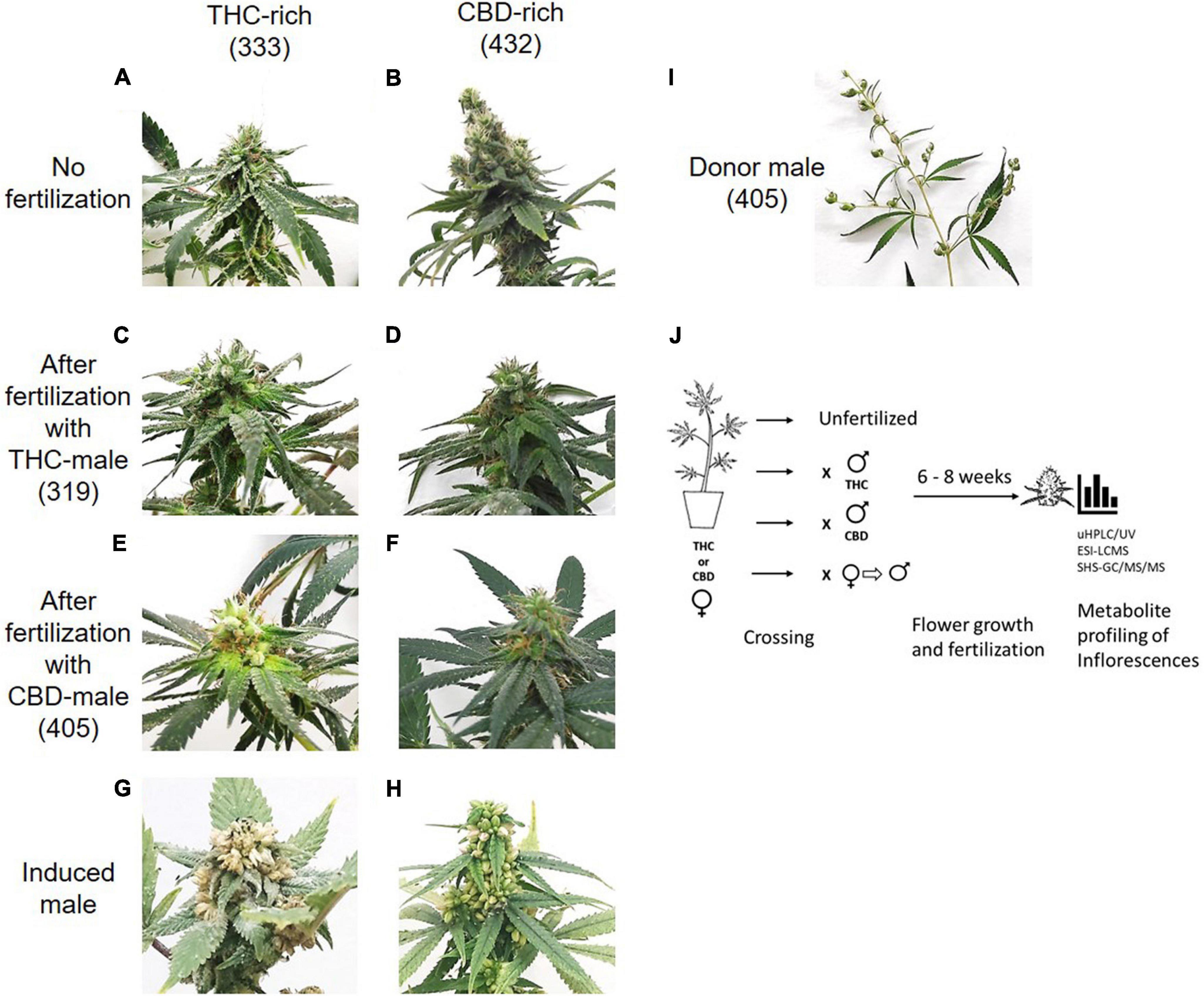Difference between revisions of "Template:Article of the month"
Shawndouglas (talk | contribs) (Updated article of the month text.) |
Shawndouglas (talk | contribs) (Updated article of the month text.) |
||
| Line 1: | Line 1: | ||
<div style="float: left; margin: 0.5em 0.9em 0.4em 0em;">[[File: | <div style="float: left; margin: 0.5em 0.9em 0.4em 0em;">[[File:Fig1 Feder FrontPlantSci2021 12.jpg|240px]]</div> | ||
'''"[[Journal: | '''"[[Journal:Fertilization following pollination predominantly decreases phytocannabinoids accumulation and alters the accumulation of terpenoids in Cannabis inflorescences|Fertilization following pollination predominantly decreases phytocannabinoids accumulation and alters the accumulation of terpenoids in Cannabis inflorescences]]"''' | ||
Over the last few decades, a growing body of evidence has increasingly showed the therapeutic capabilities of ''[[Cannabis]]'' plants. These capabilities have been attributed to the specialized secondary metabolites stored in the glandular [[trichome]]s of female [[inflorescence]]s, mainly [[Cannabinoid|phytocannabinoids]] and [[terpenoid]]s. The accumulation of these metabolites in the flower is versatile and influenced by a largely unknown regulation system, attributed to genetic, developmental, and environmental factors. As ''Cannabis'' is a [[Dioecy|dioecious]] plant, one main factor is fertilization after successful pollination. Fertilized flowers are considerably less potent, likely due to changes in the contents of phytocannabinoids and terpenoids. ('''[[Journal:Fertilization following pollination predominantly decreases phytocannabinoids accumulation and alters the accumulation of terpenoids in Cannabis inflorescences|Full article...]]''')<br /> | |||
<br /> | <br /> | ||
''Recently featured'': | ''Recently featured'': | ||
: ▪ [[Journal:The cannabis terpenes|The cannabis terpenes]] | |||
: ▪ [[Journal:An assessment of heavy metal contaminants related to cannabis-based products in the South African market|An assessment of heavy metal contaminants related to cannabis-based products in the South African market]] | : ▪ [[Journal:An assessment of heavy metal contaminants related to cannabis-based products in the South African market|An assessment of heavy metal contaminants related to cannabis-based products in the South African market]] | ||
: ▪ [[Journal:Essential oil of Cannabis sativa L: Comparison of yield and chemical composition of 11 hemp genotypes|Essential oil of ''Cannabis sativa'' L: Comparison of yield and chemical composition of 11 hemp genotypes]] | : ▪ [[Journal:Essential oil of Cannabis sativa L: Comparison of yield and chemical composition of 11 hemp genotypes|Essential oil of ''Cannabis sativa'' L: Comparison of yield and chemical composition of 11 hemp genotypes]] | ||
Revision as of 20:02, 4 February 2022
Over the last few decades, a growing body of evidence has increasingly showed the therapeutic capabilities of Cannabis plants. These capabilities have been attributed to the specialized secondary metabolites stored in the glandular trichomes of female inflorescences, mainly phytocannabinoids and terpenoids. The accumulation of these metabolites in the flower is versatile and influenced by a largely unknown regulation system, attributed to genetic, developmental, and environmental factors. As Cannabis is a dioecious plant, one main factor is fertilization after successful pollination. Fertilized flowers are considerably less potent, likely due to changes in the contents of phytocannabinoids and terpenoids. (Full article...)
Recently featured:
